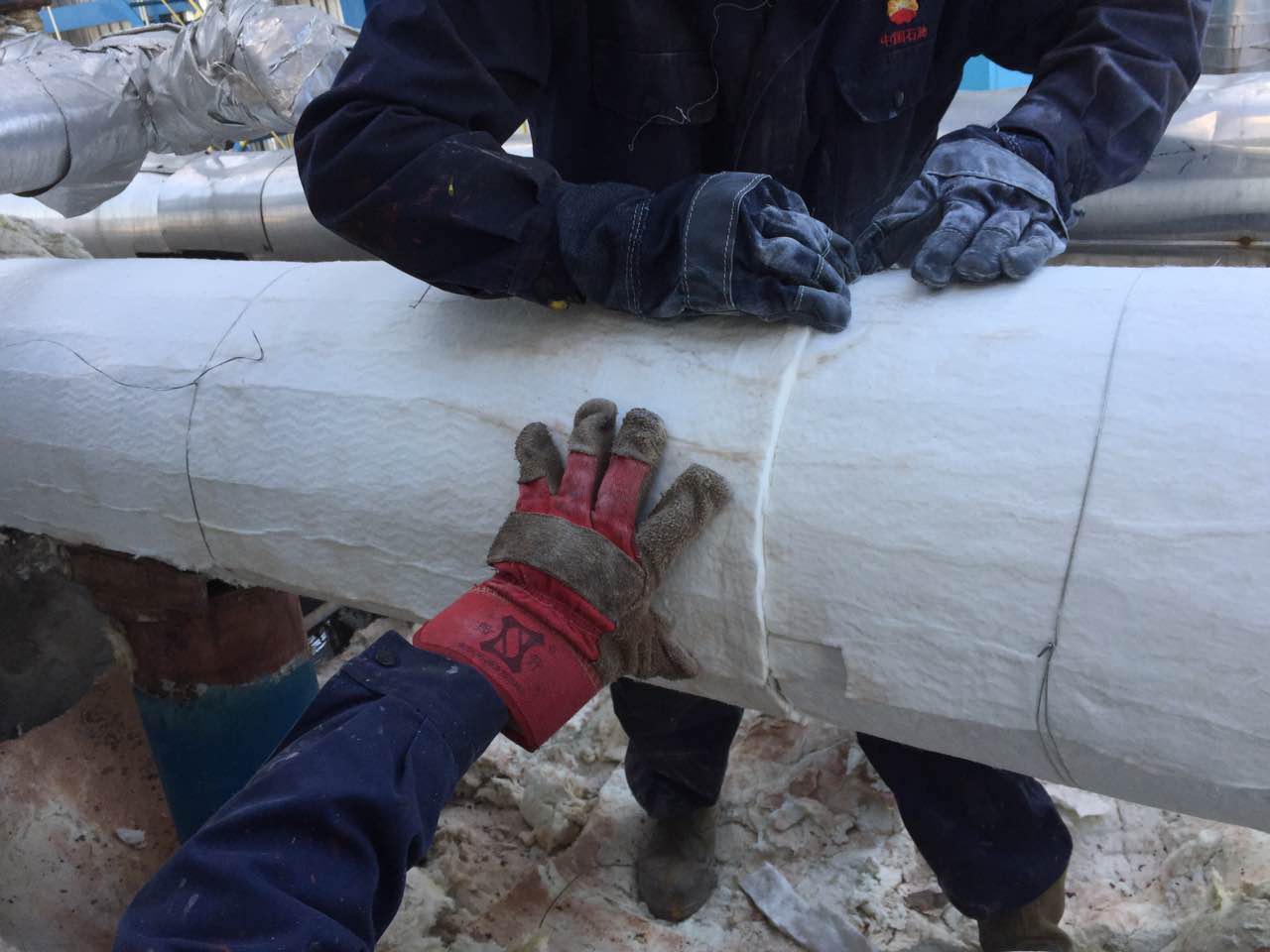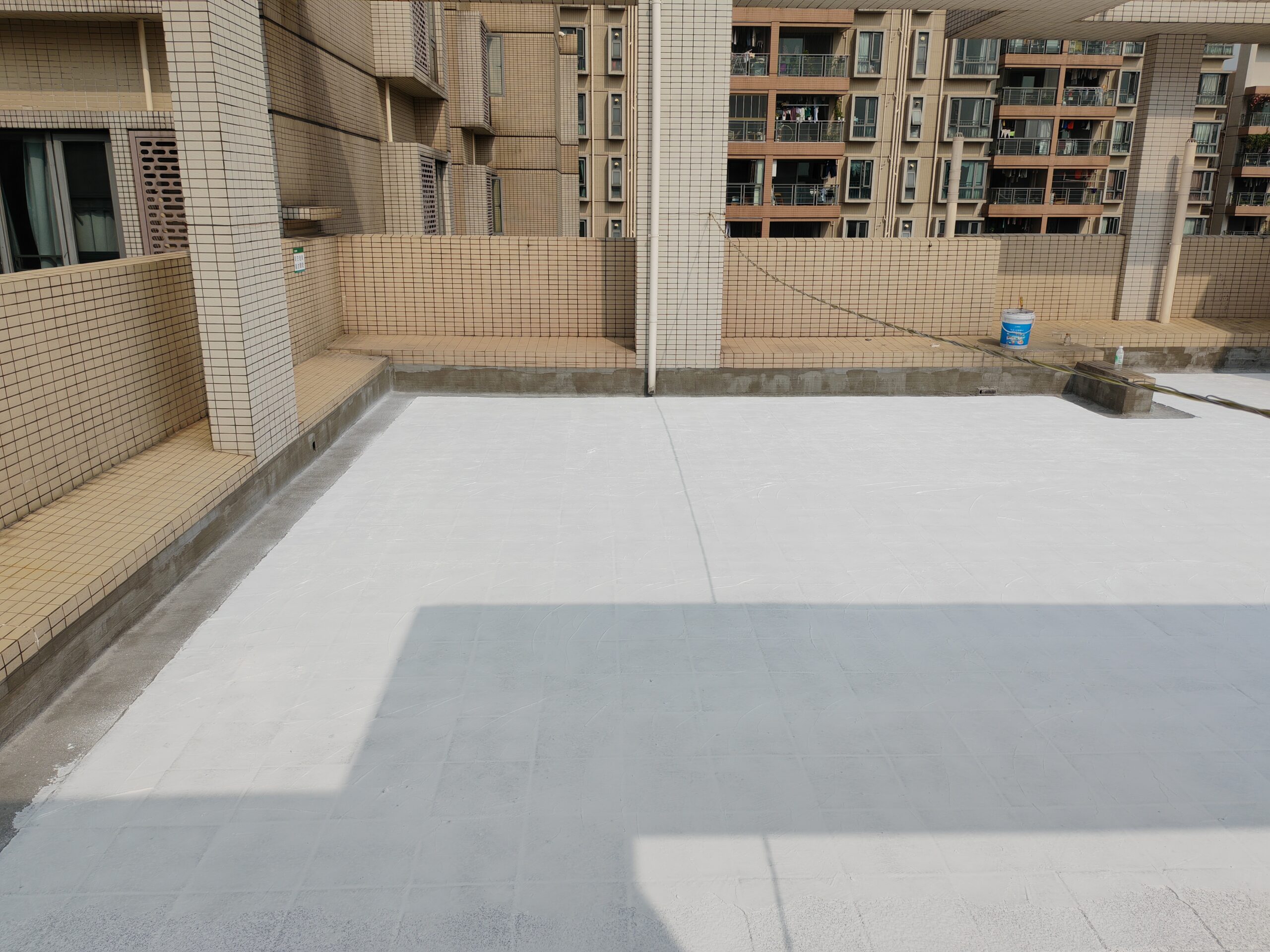The aerogel insulation industry is undergoing rapid transformation, driven by technological breakthroughs, expanding applications, and robust market demand. Here’s a comprehensive overview of the latest developments shaping this innovative sector.
1. Cutting-Edge Innovations in Aerogel Technology
A groundbreaking study published in Nature Communications by researchers from Anhui Agricultural University, Zhejiang University, and Xi’an Jiaotong University has introduced gradient all-nanostructured aerogel fibers (GAFs). These fibers, developed using microfluidic spinning and supercritical drying, feature a unique “loose outer layer and dense core” structure. With a radial thermal conductivity as low as 0.0228 W·m⁻¹·K⁻¹—30% lower than conventional aerogels—GAFs achieve unparalleled thermal insulation while maintaining exceptional mechanical strength (tensile strength: 29.5 MPa) and flexibility. This innovation is poised to revolutionize applications in aerospace, extreme-temperature engineering, and smart textiles.
Meanwhile, advancements in silica aerogel coatings and carbon-based aerogels continue to enhance fire resistance and energy storage capabilities, further broadening their industrial applicability.
2. Surging Market Growth and Regional Dynamics
Key regional players include North America (dominated by Aspen Aerogels and Cabot Corporation) and Asia-Pacific, where China accounts for over 60% of production capacity. Major Chinese firms like Nano High-Tech and Guangdong Ailisheng are accelerating产能expansion to meet rising demand14.
3. Expanding Applications Across Industries
A. New Energy Vehicles (NEVs) and Battery Safety
Aerogels are now critical in battery thermal management systems (BTMS) for electric vehicles. Their ultra-low thermal conductivity (as low as 0.013 W·m⁻¹·K⁻¹) effectively prevents thermal runaway in lithium-ion batteries, providing an additional 5+ minutes of escape time during emergencies. Applications extend to battery pack insulation, cabin temperature control, and lightweight structural components, reducing energy consumption by up to 20%.
B. Green Building and Industrial Insulation
In construction, aerogel-based materials like aerogel blankets and thermal coatings are replacing traditional insulation due to their superior performance. For instance, a 10mm-thick aerogel layer can match the insulation effect of 50mm-thick fiberglass, significantly saving space and reducing carbon footprints16. Industrial pipelines and oil & gas facilities also increasingly adopt aerogel solutions for high-temperature insulation.
C. Aerospace and Defense
Aerogels’ lightweight and extreme-temperature resistance make them ideal for spacecraft thermal protection and military equipment. Recent projects, such as NASA’s Mars rover upgrades, highlight their role in advanced thermal shielding.
4. Cost Reduction and Sustainability Initiatives
Despite historically high production costs, manufacturing and optimization are driving prices down. For example, China’s aerogel production costs have dropped by 40% since 2020, enabling broader adoption in mid-tier markets7. Additionally, eco-friendly production methods, such as bio-based aerogels derived from cellulose, align with global sustainability goals.
5. Strategic Moves by Industry Leaders
Major companies are intensifying R&D and partnerships:
- Aspen Aerogels launched a new production line for EV-specific aerogel mats.
- Cabot Corporation expanded its carbon aerogel portfolio for energy storage systems.
- Chinese firms like Nano High-Tech and Shenzhen Zhongning secured funding for expansion, targeting a combined output of 50,000 m³ by 2026.
Future Outlook
The aerogel industry is set to thrive under the dual impetus of technological innovation and policy tailwinds, particularly in carbon neutal initiatives. Emerging applications in wearable tech, cold chain logistics, and smart textiles will further diversify the market. However, challenges such as scalability and regulatory compliance remain focal points for stakeholders


